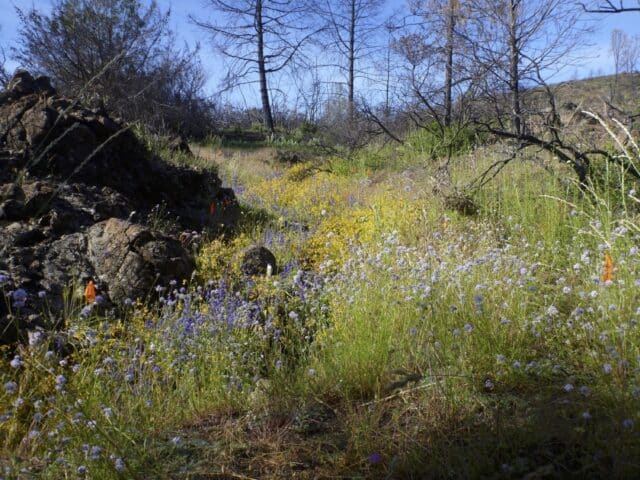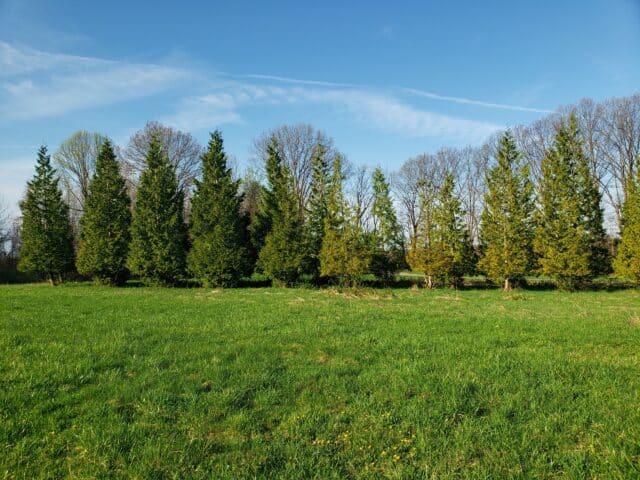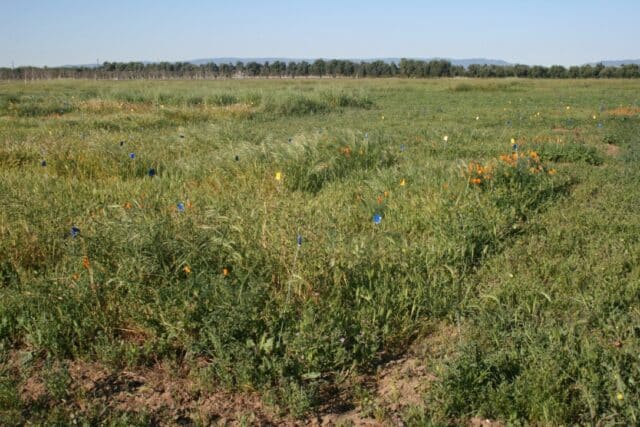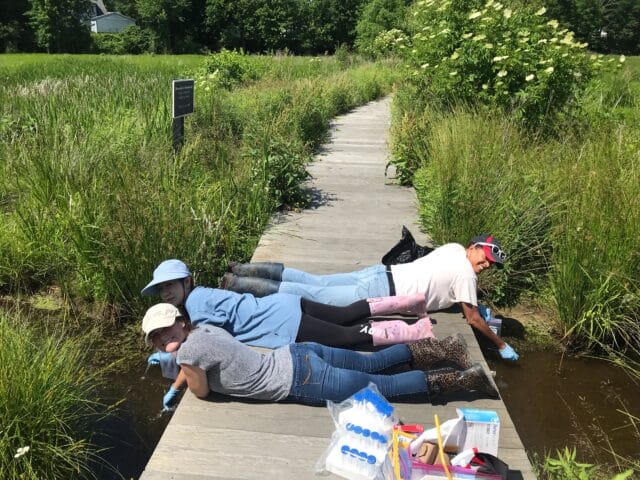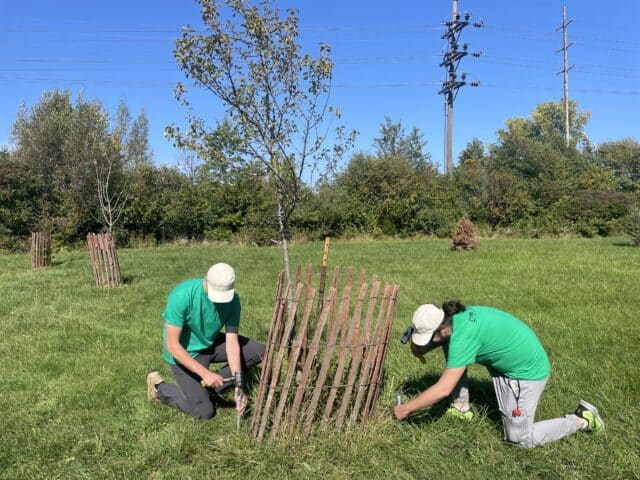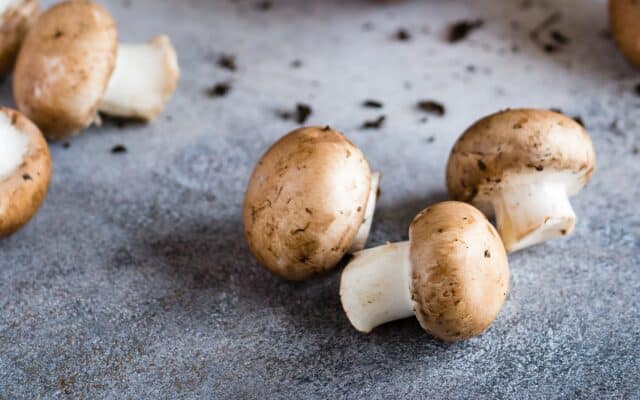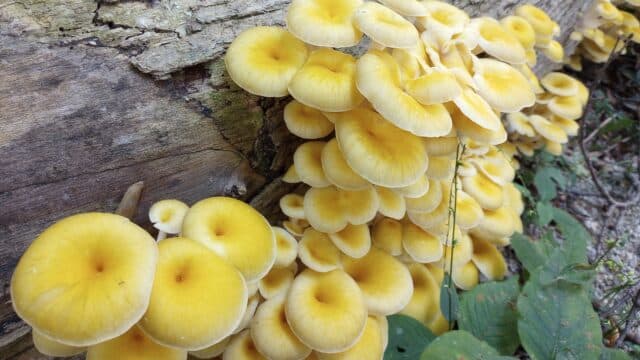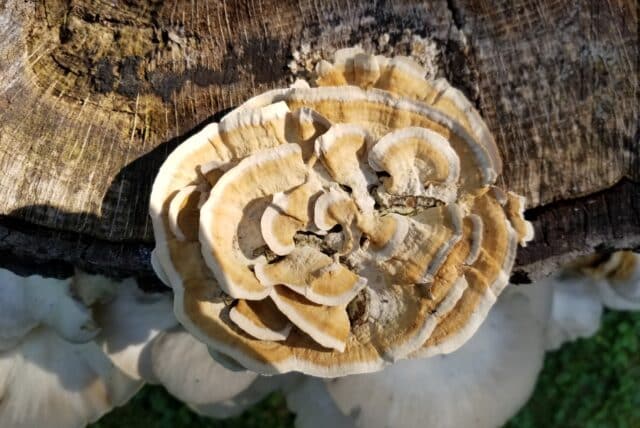Celebrating National Mushroom Month with a Book Review and a Recipe too!
September 24, 2021

As September winds down, we are taking one more week to celebrate fungi during National Mushroom Month!
Fungi are the main recyclers of dead plant material in the forest and a major reason why we celebrate them at HF&G! When leaf litter falls in the autumn or trees die and fall to the ground, the fungi on the forest floor recycle the nutrients held within and, thus, replenish nutrients in the soil. It is impossible to have a healthy forest without the fungi that keep the soil filled with essential plant nutrients. This process of recycling is also known as decomposition. The partially decomposed plant and animal matter in soil is known as organic matter. The amount of organic matter in soil influences the structure of soil and determines overall productivity. Anyone who gardens at home knows how organic mulches can improve soil quality. This input of organic matter is fuel for the fungi in a garden, in much the same way that leaf litter fuels fungi in the forest. As fungi decompose the organic matter and obtain nutrients for their own growth, in turn, they make nutrients available for plants.
Just like fungi don’t waste any input of nutrients, we don’t like to waste anything with our land management at HF&G. At Working Woods, for example, we are using branches leftover from tree harvests to grow mushrooms. These leftover logs can be inoculated with mushroom spawn and will grow mushrooms for years to come! You can grow your own mushrooms at home too and we can help you get set up. Join us for a hands-on mushroom log inoculation workshop this Saturday, September 25th! Jessica Miller (Working Woods Project Coordinator) will lead the workshop and help participants inoculate their own log with shiitake mushroom spawn. The log can then be taken home to grow mushrooms outdoors.
At HF&G, we have learned a lot about fungi as decomposers of organic matter through our research in the soil ecology lab. For example, research in Stebbins Gulch has found over 7,000 different fungal species! And what matters the most to this incredible diversity of fungal species are the soil nutrients. Some species like conditions with higher nutrients, while others can exploit soils with lower nutrients. What is important, though, is the input of nutrients through decomposition of organic matter. Not only does this provide nutrients for the plants, but it fuels the fungi, which can then cycle even more nutrients. To hear more about this research, join Sarah Kyker (Research Associate) for a virtual seminar and virtual tour of the lab at the Long Science Center on September 29th.
Book Review:
The Mushroom at the End of the World: On the Possibility of Life in Capitalist Ruins
by Anna Lowenhaupt Tsing, reviewed by Claudia Bashian-Victoroff
Are you ever looking for hope after reading or reading about the most recent report from the Intergovernmental Panel on Climate Change? Or is that just me? Well, look no further than The Mushroom at the End of the World published in 2015 by author Anna Lowenhaupt Tsing. To quote the author, “The Mushroom at the End of the World delves into the relationship between capitalist destruction and collaborative survival within multispecies landscapes, the prerequisite for continuing life on earth.”. Anna Lowenhaupt Tsing examines the fungus Tricholoma matsutake, a prized ingredient in Japanese, Chinese, and Korean cuisine. Examining the role of this mushroom within culinary and cultural traditions, this book pairs anthropology with biology to weave a hopeful take on the entwined futures of humanity and the planet.
Mushroom Recipe to Enjoy at Home:
Roasted Matsutake over Rice (2-3 serving, vegan, gluten free)
This recipe was provided by Connor Tomaka. Connor is a researcher at the Lawrence Berkeley National Laboratory and a volunteer research specialist in the Blonder Lab at the University of California, Berkeley.
Ingredients
1 large matsutake mushroom (Tricholoma matsutake), sliced (these are super flavorful so a little will go a long way!)
A handful of fresh cilantro
1-2 bay leaves
2 cloves of garlic, thinly sliced
2 Tbsp sunflower or sesame oil
2 scallions, coarsely chopped
½ cup of jasmine or brown rice
- Prepare the rice
- Preheat the oven to 375 degrees F
- Lay out one sheet of parchment paper, making a crease in the center, place all of the aromatics in a single layer.
- Clean the matsutake and slice thinly and toss in oil. Scatter to top the aromatics.
- Bring the sides of the parchment paper together until a sort of package is made
- Bake in the oven for 30 minutes, or until lightly browned
- Using scissors or a sharp knife open the package to reveal the insides
- Season with soy sauce or light salt and serve over bed of rice
Suggested pairing: Natural wine or iced green tea
Important Note: Whenever you are collecting and eating a wild mushroom practice caution. Use a reliable guide to identify the fungus and confirm your identification with a mycologist. When you are certain about the identity of the fungus, cook and eat a small amount before having a large meal as some individuals are sensitive to some species. Remember: there are old foragers and bold foragers but there are no old, bold foragers.
Claudia Bashian-Victoroff, Jessica Miller, Sarah Kyker, and David Burke
This week's blog was collectively written by members from our Research team: Claudia Bashian-Victoroff, MS, Graduate Student Jessica Miller, Community Forestry Research Specialist Sarah Kyker, Postdoctoral Research Associate David Burke, VP, Science & Conservation
